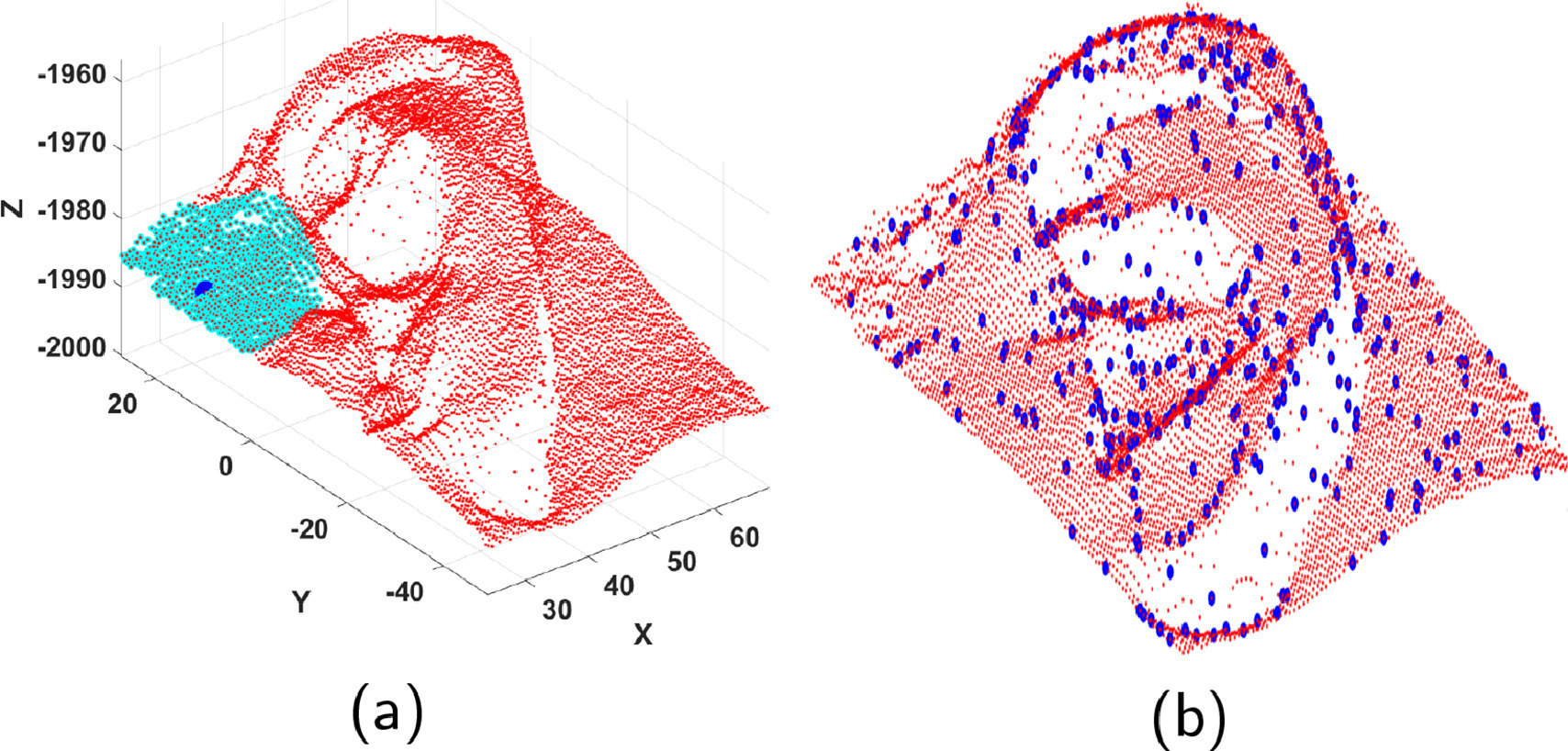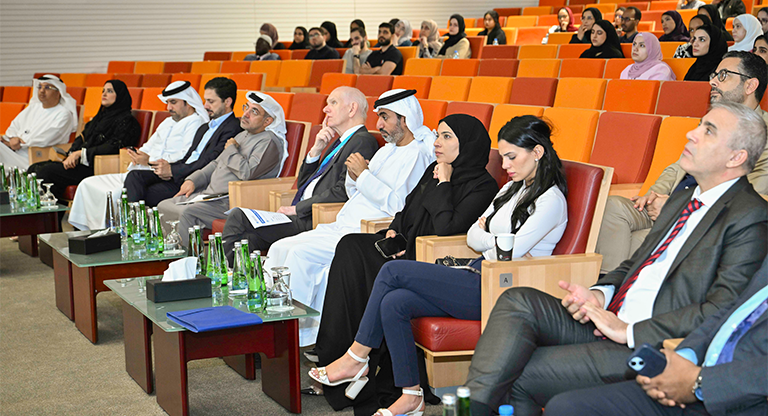
A team of researchers from Khalifa University has helped to develop a technique that uses 2D and 3D images of people’s ears for a biometric authentication method. It is the first study of its kind to combine both texture and geometrical information to create such a technique.
Dr. Iyyakutti Iyappan Ganapathi, Dr. Syed Sadaf Ali, Dr. Muhammad Owais, all Postdoctoral Researchers, and Prof. Naoufel Werghi, Department of Electrical Engineering and Computer Science, collaborated with Uttam Sharma and Pradeep Tomar from Gautam Buddha University, India, to develop their technique. They published their findings in Computers and Security, a top 1% journal for social sciences.
In the quest for efficient and secure authentication methods, research is turning to an unexpected part of the human anatomy: the ear. Biometrics have long leveraged unique physiological and behavioral features to confirm a user’s identity, but while fingerprint and facial recognition have dominated security systems, ear recognition is proving superior to other biometric authentication methods.
“During the pandemic, face masks posed a significant challenge to facial recognition,” the team said. “Likewise, hygiene concerns reduced people’s willingness to touch fingerprint sensors. These scenarios made us realize the importance of having a passive, undisturbed biometric feature.”
Unlike the ever-changing landscape of the face with its array of expressions, the ear remains consistent. This simplicity offers a more stable and accurate biometric reading. The ear also doesn’t require any active interaction from users, making data collection effortless.
The research team combined both 2D and 3D imaging. The three-dimensional construct of the ear, with its unique contours and details, is less affected by external factors and using 3D data considerably improves recognition efficiency. These images were combined with deep learning techniques to build a comprehensive detector and descriptor, realizing a potent increase in recognition efficiency.
“Within the existing body of literature, numerous techniques have been proposed, demonstrating considerable efficacy in the task of human recognition,” Dr. Ganapathi said. “The majority of these approaches predominantly rely on 2D ear images, a choice that introduces susceptibility to challenges related to illumination and pose variations. In contrast, our method leverages both 2D and their corresponding 3D ear images. This holistic approach allows us to achieve state-of-the-art results while simultaneously ensuring robustness to these challenges.”
The research team tested their method on the largest database of ear images to affirm its resilience against factors like noise, pose shifts and occlusions. As promising as the approach is, however, it is not without its limitations. One primary challenge is the need for co-registered 2D and 3D data. The team plans to create a comprehensive 3D ear database, opening the door to deep learning techniques and even more advanced recognition systems.
Jade Sterling
Science Writer
30 October 2023






